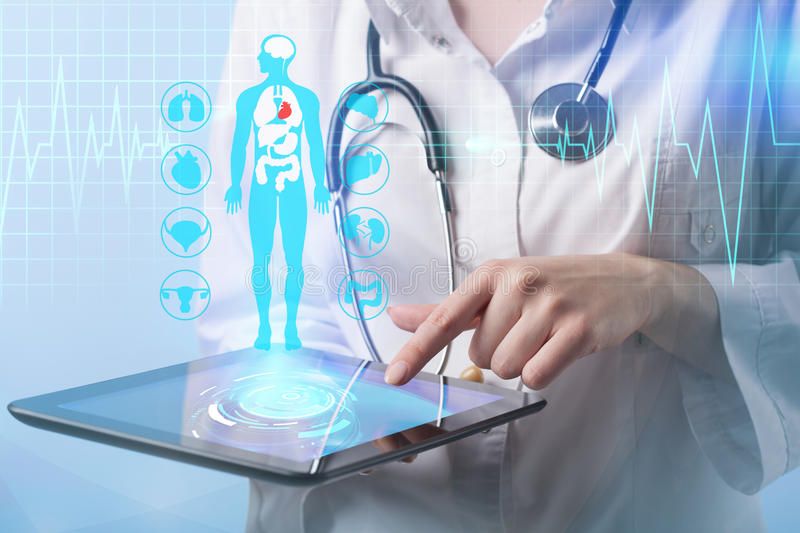How Technologies Are Impacting Life Sciences today

How Technologies Are Impacting Life Sciences today
The Covid-19 pandemic has put a spotlight on life sciences companies. These companies face several major challenges. They have to manage escalating costs and improve patient outcomes. They must also deal with security threats, and cope with the competition.
Life sciences organizations are taking a fresh look at digital technologies. This article discusses some tech trends impacting the life sciences industry today.
AI and Analytics
Two factors drive the cost of pharma research – time and the risk of failure. The R&D process and clinical trials both contribute to this. Reducing the times for these activities itself leads to higher ROI.
Using AI to analyze and classify data frees up valuable researcher time. Data and analytics can help recruit the right patients for clinical studies. Remote monitoring can be done with wearable devices. Patients and doctors no longer need to travel to hospitals. All this increases safety, reduces costs and speeds up the process.
Data and Analytics
Combining the most promising healthcare-related technologies with data and analytics is a game-changer. Patient data includes user habits, drug usage patterns, and reactions to medications. This is invaluable raw material. Companies can use this data to understand their patients a lot better. They can offer improved and targeted products and services.
Almost all complex diagnostic procedures used to be carried out in hospitals. But now, sensors and on-body devices allow these tests to be done at home. Remote monitoring is possible with wearable fitness trackers.
Data integration platforms
The amount of patient data being created and collected is growing exponentially. Life sciences organizations have to make sense of more data coming from more sources. The ingested data is in many different formats. A lack of data integration impedes innovation. The creation of data integration platforms is a priority for life sciences companies.
Intelligent automation is gaining traction in many areas of life sciences
Many pharma companies are using RPA (Robotic Process Automation). High-speed screening methods test thousands of drugs in parallel on disease models. This results in a huge savings of time and cost.
3D printed products
These are low-cost products that can be customized to suit individual patients. 3D printed products have already replaced a collapsed windpipe, a diseased vertebra in a cancer patient and a crushed skull. Now researchers are looking at this technology to replace skin, veins and other organs.
Life sciences companies will reap several benefits from using technology. Cost benefits will result from speeding up R&D processes. Increased patient-centricity will lead to patient retention. Companies can then offer and charge for a wider range of products and services.